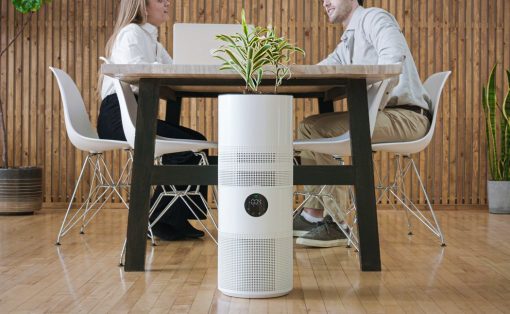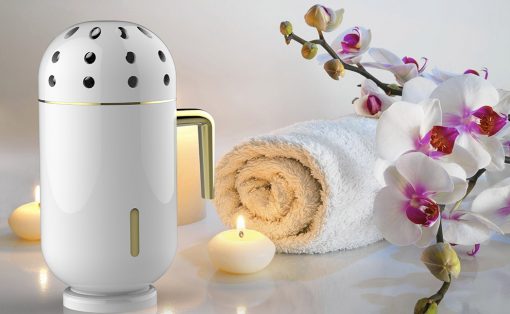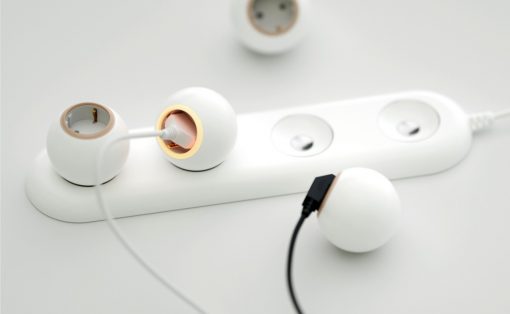
Our unhealthy practices and way of living are truly harmful to the environment and have been slowly leading to its deterioration. And the world has been changing (for the worse) because of this. Hence, it is extremely important to live sustainably and consciously and to take care of the environment. Integrating sustainability into our day-to-day lives has become crucial! And we can do this in various ways. Designers and creators are coming up with sustainable alternatives for almost everything! Every product that is necessary and utilized by us in our everyday routine has an eco-friendly alternative to it. Replacing our usual mass-produced designs with these greener options will make a huge difference to the environment and Mother Earth! From a medical cast created using sustainable methods to sustainable eco plates – we’ve curated a whole collection of sustainable product designs to help you go green!
1. Thames Glass


Glassmaking is one of those industries that use a lot of highly processed and sometimes unsustainable materials so finding an alternative to all of this is a priority for some. A group of architects based in London and a design student looked into finding such an alternative to be used in the glassmaking industry.
Why is it noteworthy?
They discovered that the quagga mussel, a species of freshwater mussels, can actually be used as an ingredient in creating glass tiles. By mixing the quagga mussel shell waste with local sands and waste wood ash, they were able to create a “unique glass recipe” which can theoretically be used in building designs in the future. This new bio-material is named Thames Glass and the initial output using this material are some 3D printed molds with decorative patterns.
What we like
- Quagga mussel shells are usually found clogging up the water pipes in the greater London area. By turning this annoying waste into something useful, not only do you solve the clogging problem but you also create an eco-friendly solution
What we dislike
- No complaints!
2. OpenBike
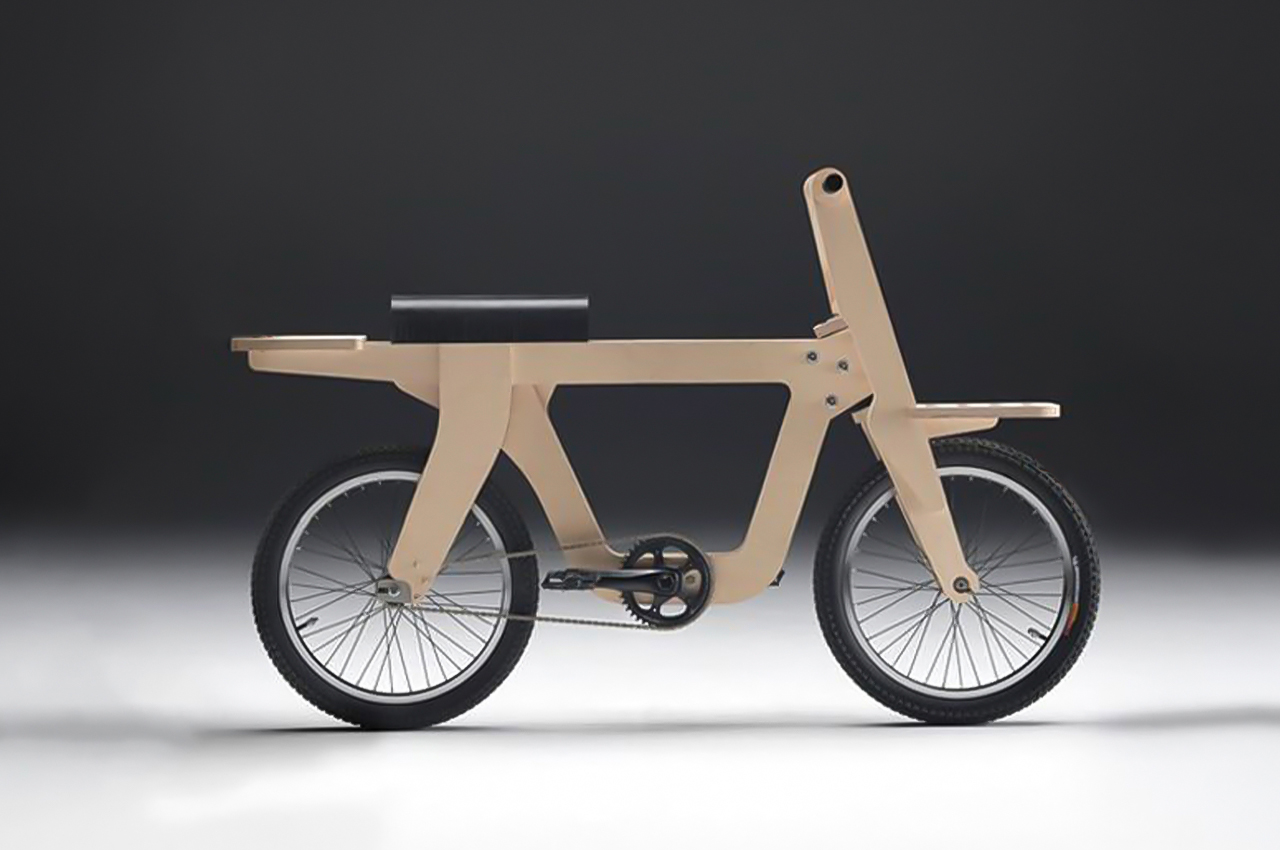
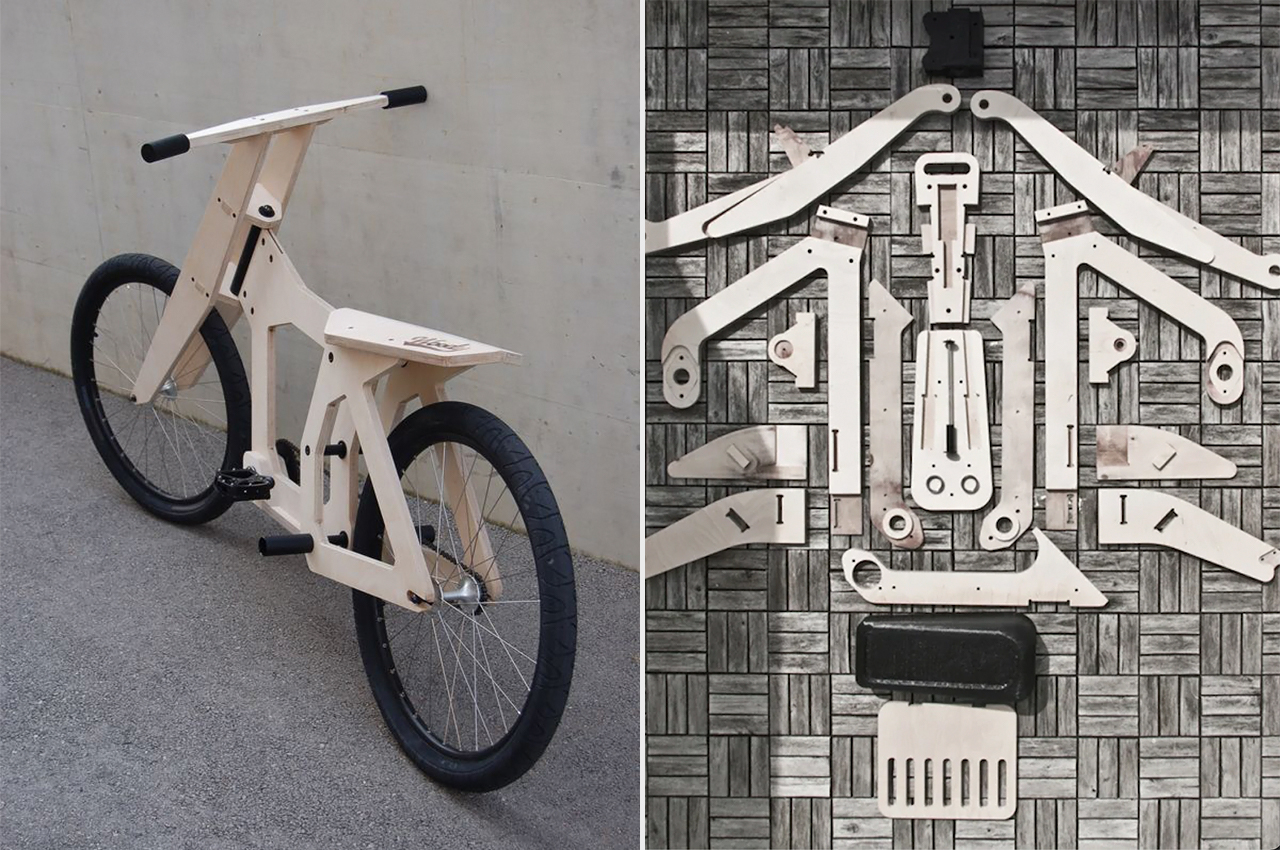
This bicycle made of plywood was created with the intent to get more people to focus on sustainability. The open-source design is called ‘Openbike’ and despite the obvious problems that come with a bike made from plywood, it is still an affordable and lightweight alternative for those who want to live on a budget but are also eco-conscious. You can download the files to build your own bike here!
Why is it noteworthy?
“This is not about bicycles! Open your eyes, this is about you, about your attitude towards the future. Do you think that the pollution of the cities will disappear by itself? Do you think traffic jams are caused by others?” reads the Openbike website which makes the mission statement of the design very clear – they’re not claiming to offer the durability or a thief-proof bike but rather shift your perspective on affordability and sustainability.
What we like
- It’s a DIY design!
- Reduces carbon emissions in cities by empowering people with technology
What we dislike
- No complaints!
3. Project HUG
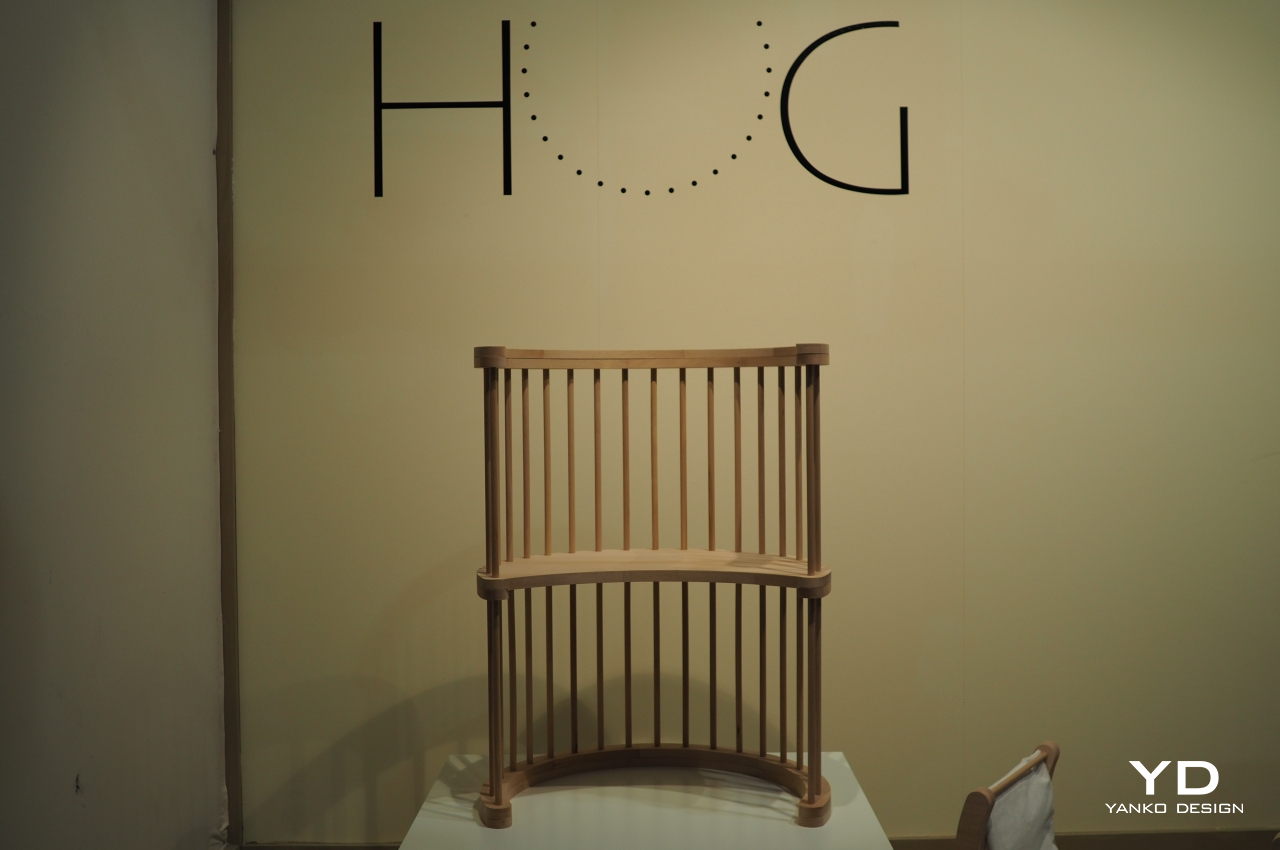

Unlike money, wood does go on trees, trees that need to be cut down in order to become the literal building blocks of furniture and other products. Those trees need to be replanted, of course, but there’s also the matter of pieces of wood that are wasted and thrown away. Plastic and metal aren’t the only things that can be recycled, and HUG tries to do the same for discarded wood that can then be used to create other pieces of wooden furniture.
Why is it noteworthy?
Using wood, a biodegradable and more sustainable material compared to plastic doesn’t mean that there will be nothing wasted. While pieces of scrap wood do eventually decompose or can be used for smaller items, they’re still considered wasted materials and wasted potential. Pieces of plastic can sometimes be broken down and recycled into other compounds, and cutoffs can be used to make other textiles. Scrap wood, likewise, can become the foundations for other products, like furniture built from the building blocks of Progetto or “Project” HUG.
What we like
- Can be assembled in different ways to create different pieces of furniture
- You can even reassemble them as your needs change over time
What we dislike
- No complaints!
4. Plastplan
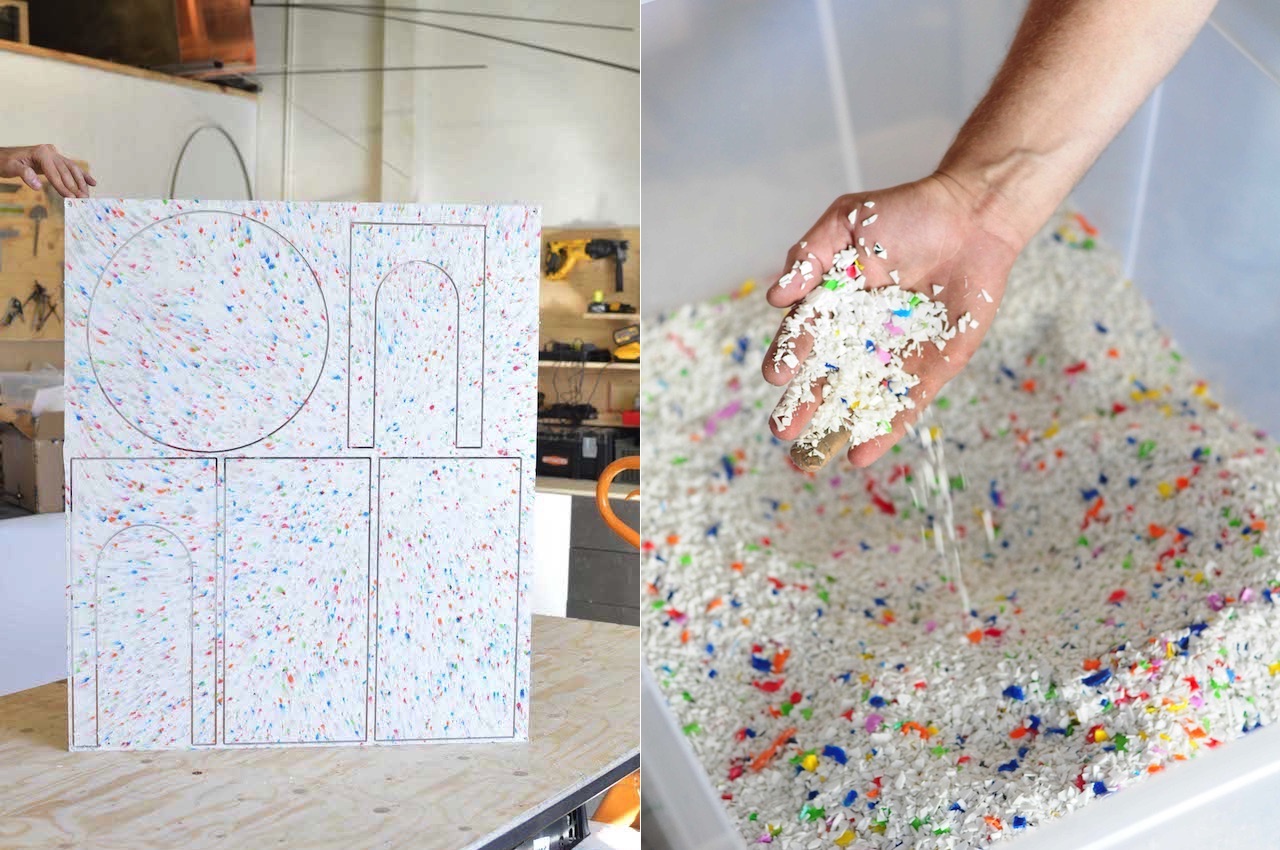
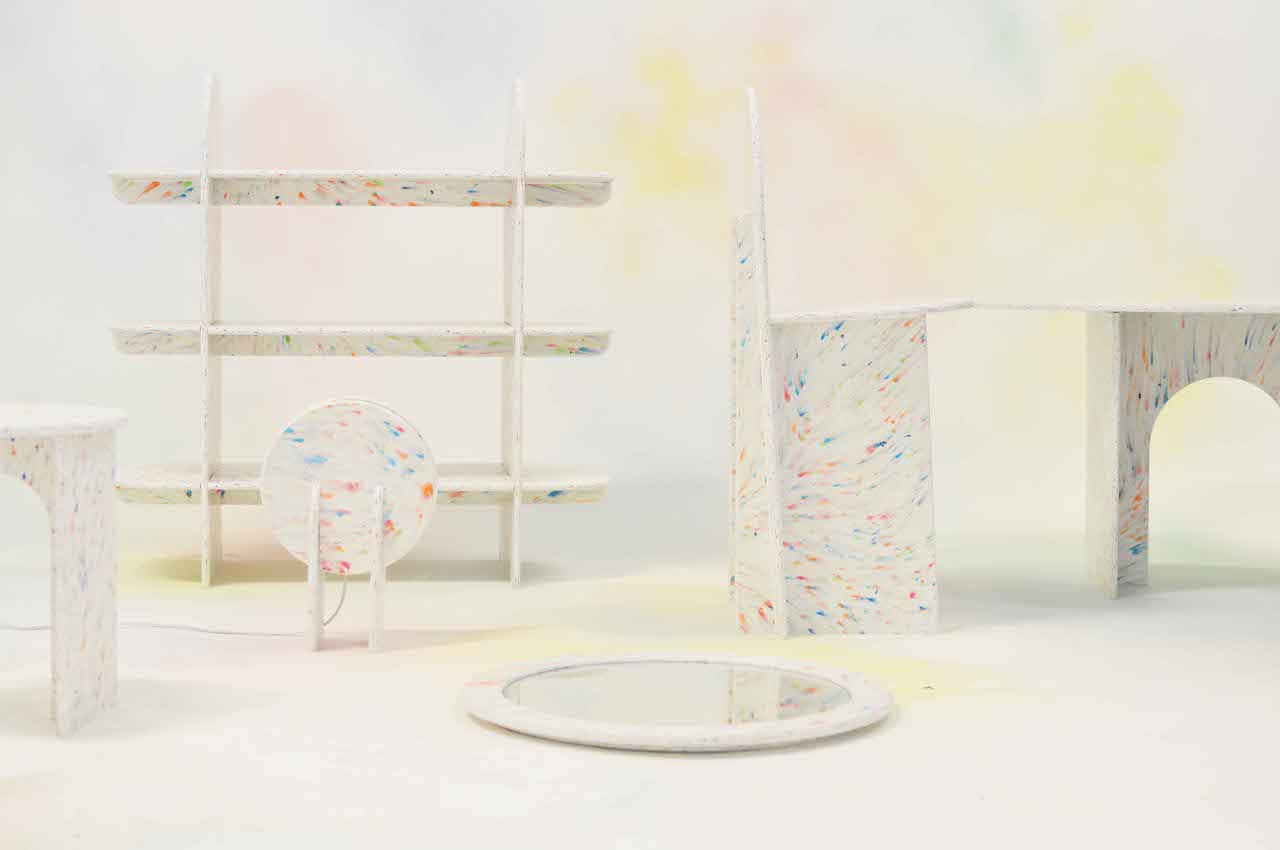
The design studio based in Iceland aims to help make a sustainable planet by resolving society’s excessive use of plastic. It may not achieve the ultimate solution but every little effort matters when it comes to the planet’s future. With the idea that recycled plastic has potential, Plasplan combines the concepts of product designers Björn Steinar and Brynjólfur. With the latter’s background in mechanical engineering and computer science, the pair can work on a collection of household goods and furniture items made solely made from recycled plastic.
Why is it noteworthy?
Initially, Plastplan was formed as the founders wanted to start an educational platform where plastic is discussed. It’s not just about the proper use or disposal of plastic. It’s about making it go full circle, as per Björn Steinar. The circular economy of plastics starts with shredded plastic and then transforms into real objects. The series includes a wall shelf, chair, stool, mirror, coffee table, table lamp, and flower vases.
What we like
- The studio also has developed its own industrial 3D printer that allows them to print large-scale items without spending on molds
What we dislike
- No complaints!
5. Aromanordic inhaler


This Aromanordic inhaler from Thailand brings not just the healing qualities of herbs but also a part of its cultural heritage. What makes the Aromanordic Inhaler stand out from other similar products in the market is that it incorporates nature and culture in its design.
Why is it noteworthy?
The case of the inhaler is made from natural wood instead of the usual metal or plastic outer body. It is made from rubberwood scrap material so it’s also sustainable. Since the inside is refillable and replaceable, you don’t need to throw things away when you’re done with it.
What we like
- Aside from being more aesthetically pleasing, the wood also absorbs the scents of the herbs that are inside
- Since the inside is refillable and replaceable, you don’t need to throw things away when you’re done with it
What we dislike
- No complaints!
6. GRO
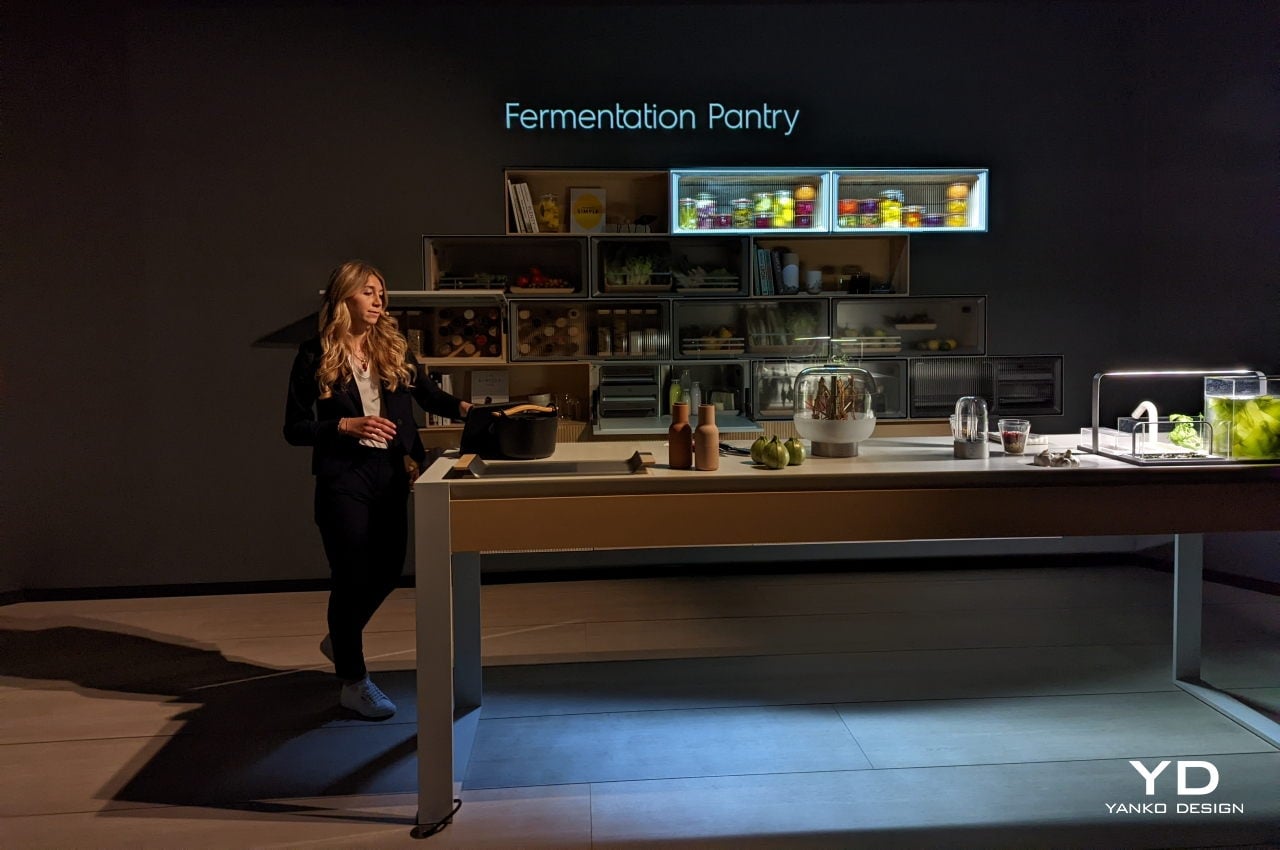
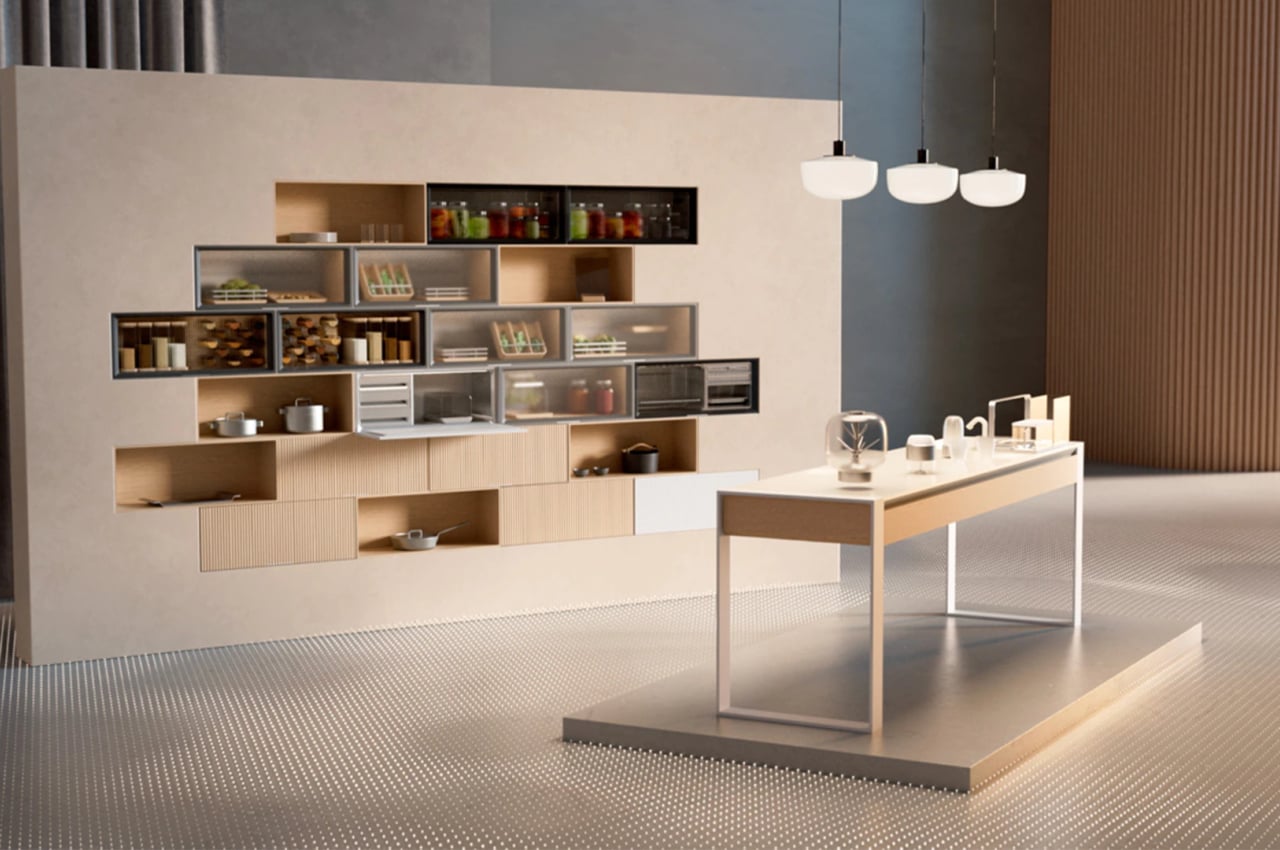
Eating healthier has almost become an obsession of many people these days, evidenced by the number of new diet styles and trends that pop up every year. But while people have become generally conscious of the food they eat, they often turn a blind eye to the long-term effects of our food supply systems on the Earth’s ecosystem. Feeding the planet doesn’t have to come at the expense of the planet itself, nor do plant-forward diets have to be the same old stuff you see on the Internet and YouTube.
Why is it noteworthy?
GRO includes a modular compartment system that you can combine like LEGO bricks, depending on your dietary needs and kitchen space. Each compartment is designed not only to preserve ingredients but also to showcase its diversity and beauty. A Plant Gallery, for example, provides optimal conditions for storing fruits and vegetables while also letting you enjoy their fresh appearance behind textured glass.
What we like
- The GRO Coach digital food companion will help you make the right sustainable choices based on your habits and needs
- The system also defies stereotypes of plant-forward diets as bland or unexciting, especially to taste buds. In fact, GRO encourages exploration and experimentation, like the Grain and Pulse Library, which lets you try out alternative sources of protein from grains and pulses
What we dislike
- No complaints!
7. AXO


When you get a broken arm or leg, one of the things that you can do to help it heal is to put the limb in a cast. They all look almost the same with their usual white color and with the material made from cement. The only thing you can do to make it look different is to have your friends sign it or even get someone to put some graffiti-like art on it so you have something nice to look at while recovering (and while it’s itching like crazy). What if there was a more interesting-looking and more sustainable option to give people a better cast experience?
Why is it noteworthy?
An award-winning concept called AXO is aiming to create a cast that actually looks more like a fashion statement than a medical emergency. More importantly, it’s something that is easy to put on, can still make your skin breathe (as compared to the usual cement cast), and is made from recyclable materials. The designers are also looking at this product to make the production of medical casts using sustainable methods.
What we like
- The concept also aims to reduce the need for further check-ups and may even avoid further damage to tissue, muscle, or bone
What we dislike
- It’s still a concept!
8. Loop


Loop is a minimalist product that only uses a few “ingredients,” so to speak, to give you something that you can use when working and then later on when you’re relaxing. It is also made out of mostly sustainable materials so there’s the added bonus of using something that lessens your carbon footprint.
Why is it noteworthy?
The idea for Loop is that when you direct the light downwards, it serves as your workspace illumination. When you’ve finished working, you can just rotate it inwards and it becomes a mood light to help you relax as you read, journal, watch your favorite streaming service, or whatever it is that you do after you work or study. There’s no need to touch a lot of buttons or use any app to make this transition as you just need to swivel.
What we like
- You don’t need to use two different lamps for two different purposes
What we dislike
- No complaints!
9. The Titan SnapStand system
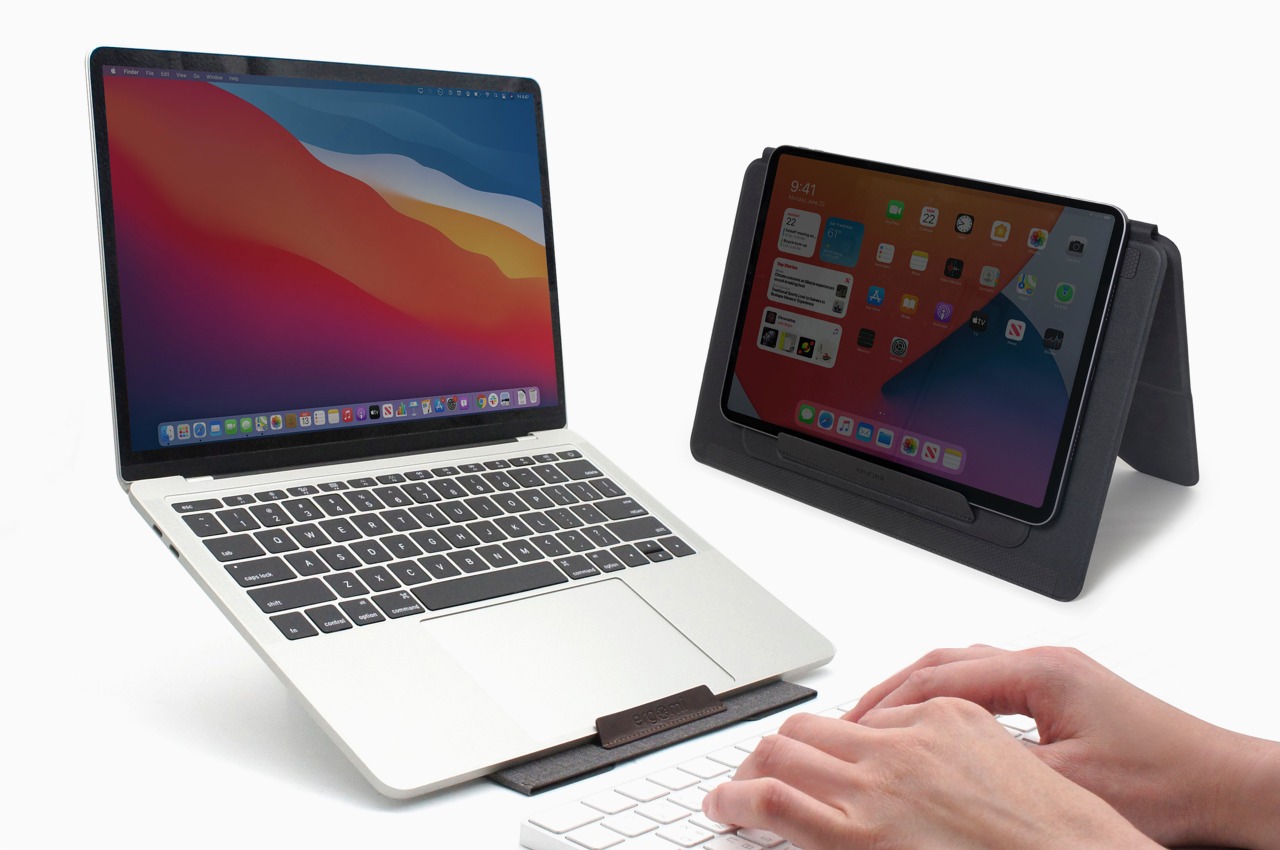
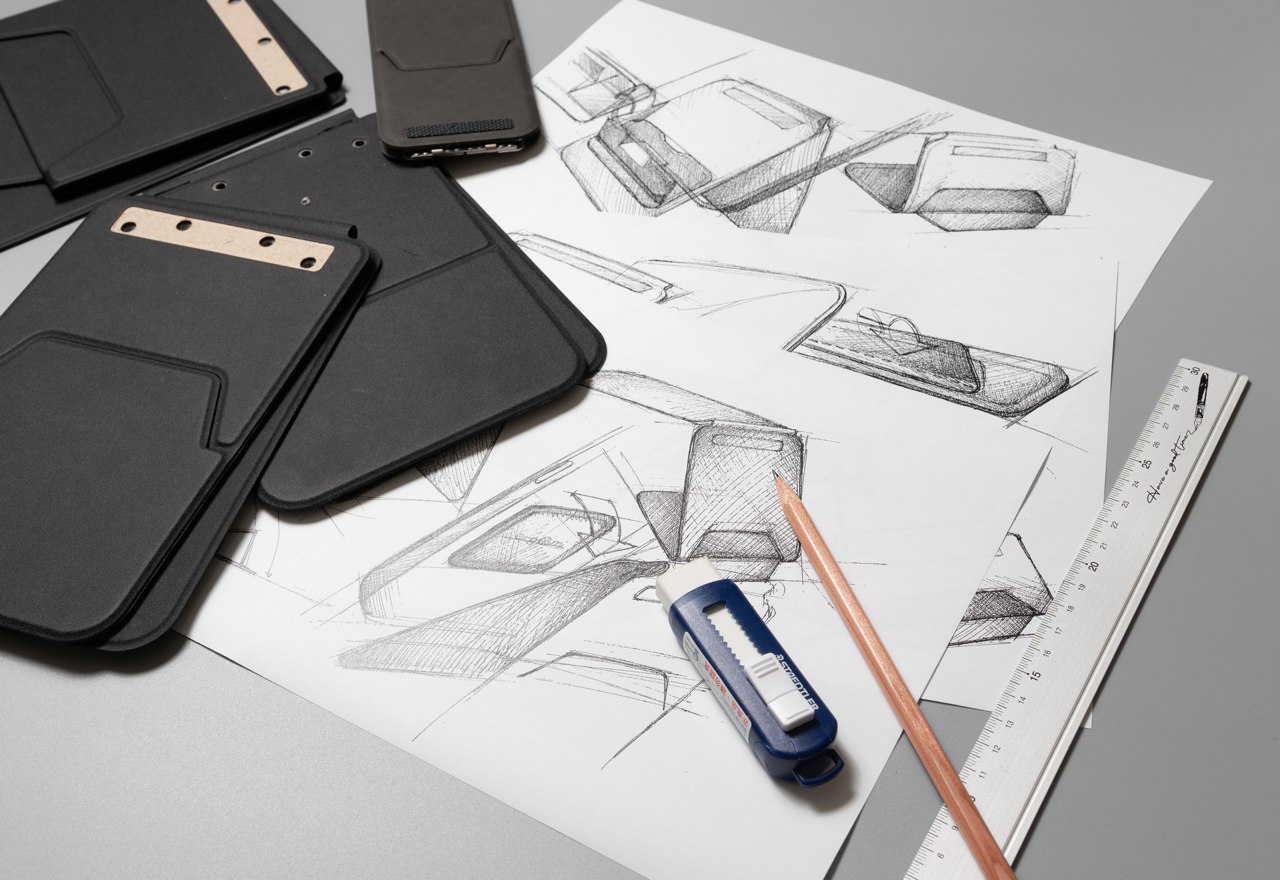
It seems almost impossible for one stand to be able to check off all the right boxes while catering to all kinds of devices, but that’s exactly the kind of miracle that the Titan SnapStand system is putting on the table, figuratively and literally.
Why is it noteworthy?
It’s lightweight, stable, multi-functional, long-lasting, and even sustainable. And while there isn’t one size to fit them all, you can mix and match to your heart’s content, using the Max laptop stand to hold a tablet and a phone at the same time, for example.
What we like
- The Titan’s stability comes not only from its use of 430 stainless steel on the front and space-grade aluminum on its back
- The stand is so stable that you can set an iPad on it and draw on the tablet without the stand budging even an inch
What we dislike
- No complaints!
10. KNORK Eco Party Plate
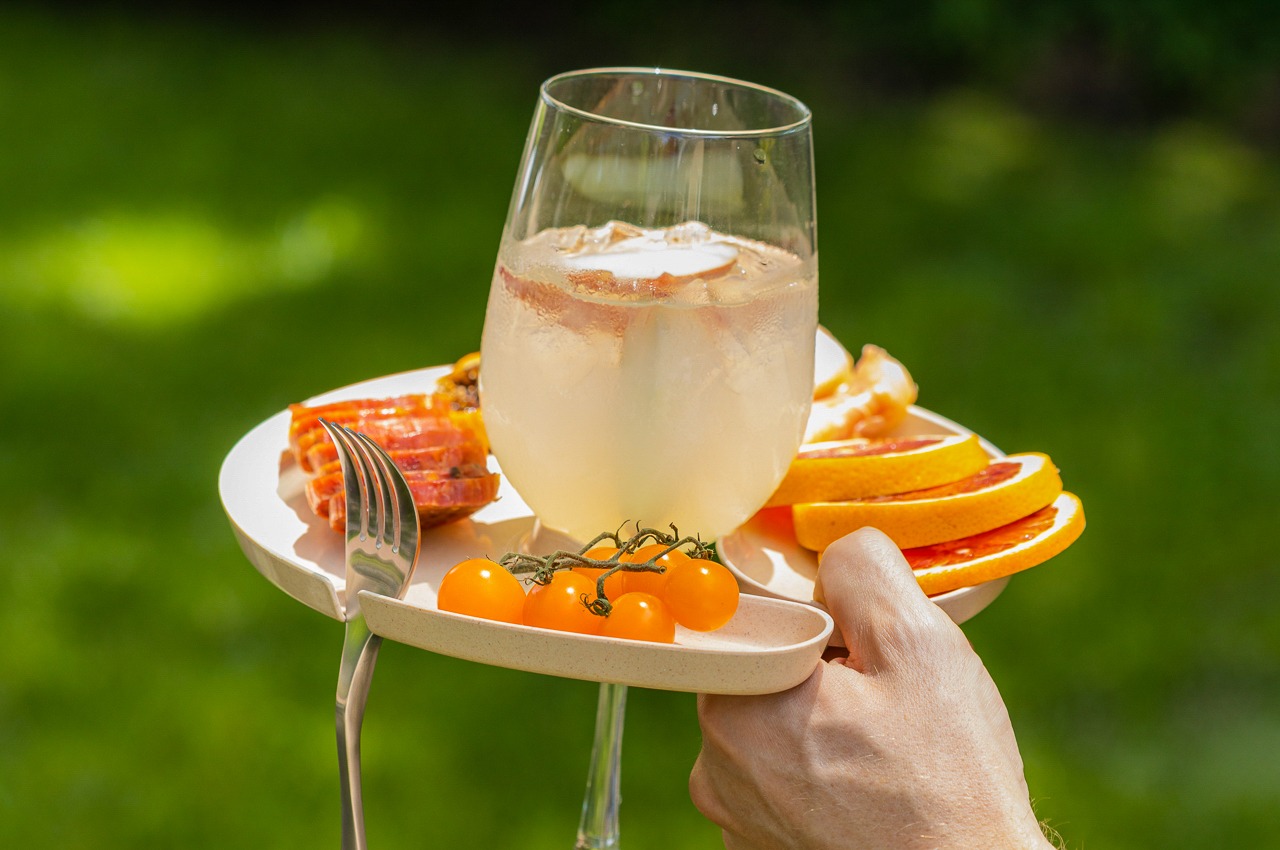
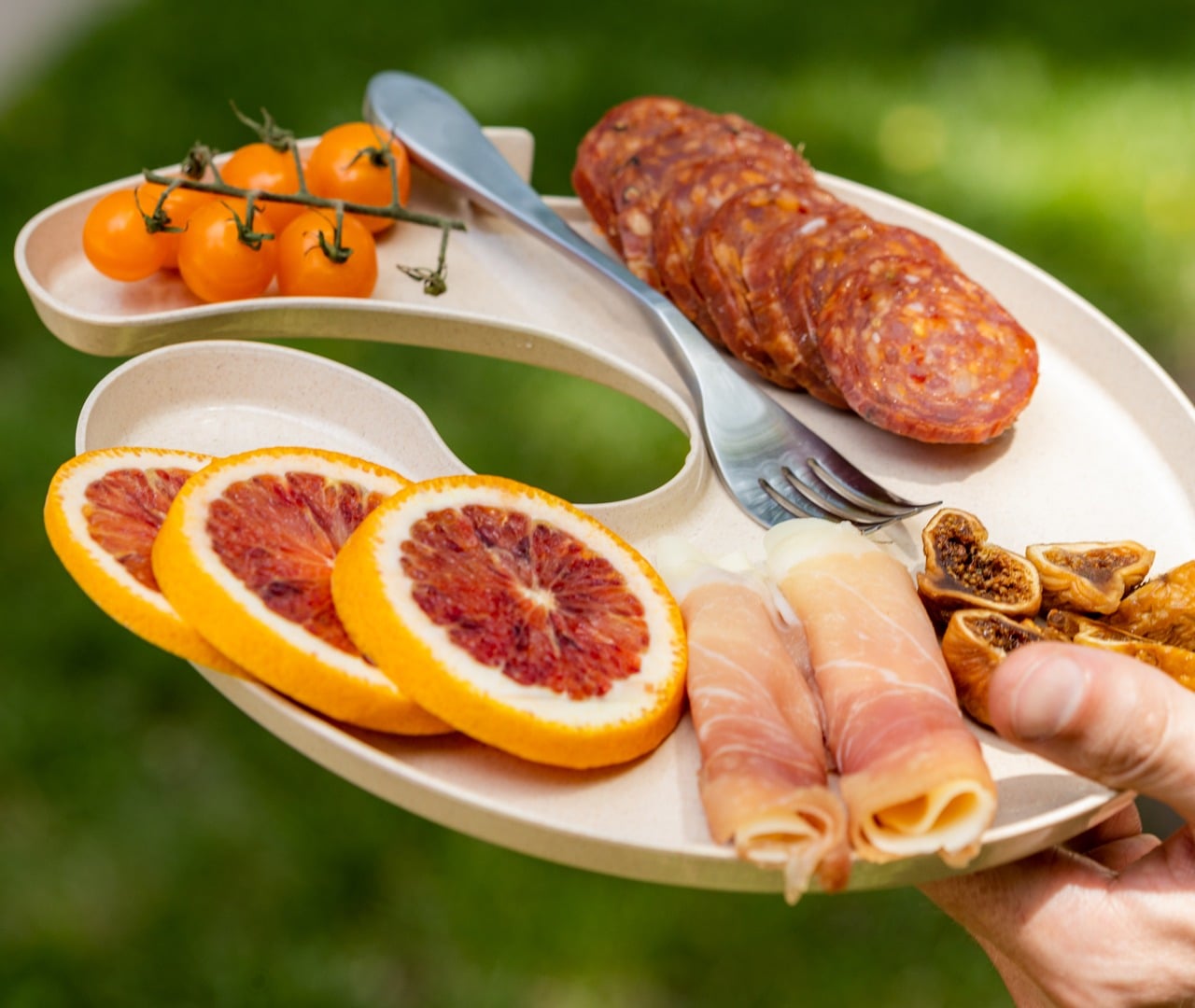
Sustainable entertaining is slowly becoming a thing, at least, for those people who are eco-conscious and willing to care more for Mother Earth. The KNORK Eco line continues to deliver genius design and epic functionality with another useful product that goes well with the Knork eco cutlery introduced a few years ago. Sustainable living starts when you make sustainable choices no matter how small or trivial they might seem—and this KNORK Eco Party Plate is another step in that direction.
Why is it noteworthy?
The KNORK team can help by giving us “greener” choices. From the same company that delivered the bamboo-based KNORK Eco plastic cutlery, here comes the KNORK Eco Party Plate. The new product works with the KNORK Eco forks and the Knork stainless steel forks. As with the previous products, the eco plate offers more than just a cool design aesthetic.
What we like
- Reusable and compostable
- Made from bamboo and sugarcane offcuts
What we dislike
- No complaints!




